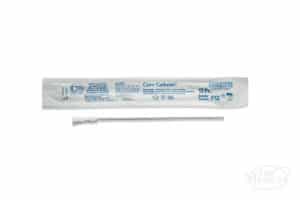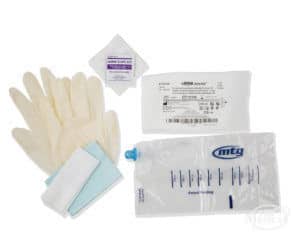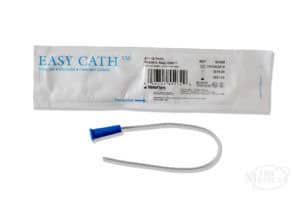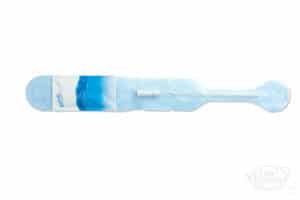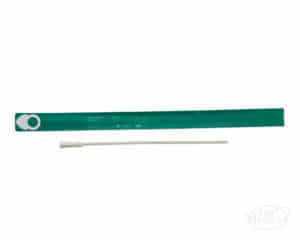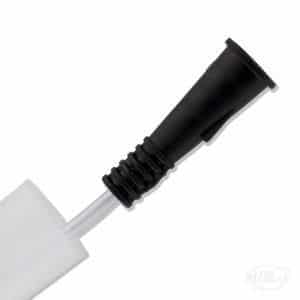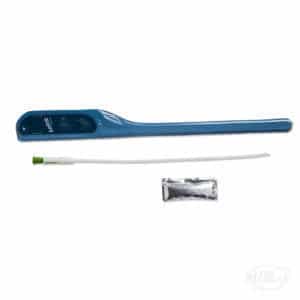All About Spina Bifida

What is Spina Bifida?
Spina bifida is a congenital developmental disorder that typically occurs during formation in the womb. This condition involves the incomplete closure of the neural tube, which is also known as a neural tube defect.
Ultimately, spina bifida occurs when a baby’s spinal cord does not form normally in the womb. Additionally, a fluid-filled sac may be apparent on the child’s back. This condition usually occurs during the early stages of pregnancy.
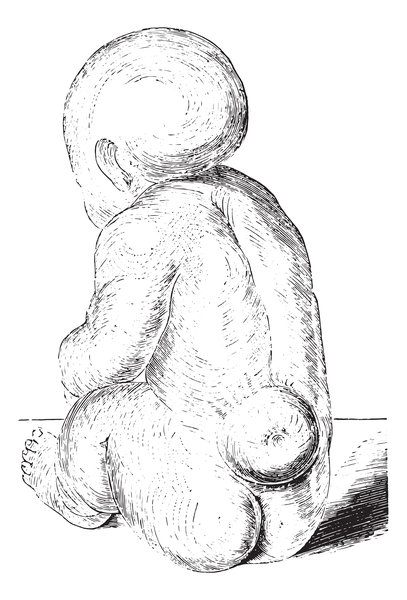
How Common is Spina Bifida?
It is quite common. Currently, it is the number one permanent congenital disability in the United States. In addition, it occurs in about 1 of every 1,000 births across the world. Today, it’s estimated that around 166,000 individuals with spina bifida live in the U.S.
What Causes Spina Bifida?
The exact cause is still unknown. However, medical research confirmed a link between a mother’s folate levels prior to pregnancy and the occurrence of spina bifida and other related neural tube defects.
According to the Spina Bifida Association, women who become pregnant could potentially reduce the risk of spina bifida by up to 70% by supplementing their diet with a multivitamin containing 400 micrograms of folic acid. However, it may be a good idea to have a diet naturally high in folate. Folate is found in vegetables, such as spinach, kale, arugula, and other salad greens, as well as beans, peas, nuts, and fruit.
What are the Symptoms of Spina Bifida?
The symptoms of this congenital condition range from mild to severe, and they vary from person to person. However, it typically affects the spine, which can impact the function of the bladder, bowel, limbs, and other parts of the body.
Symptoms of spina bifida and related secondary conditions may include:
- Full or partial paralysis, which can cause mobility issues
- Neurogenic bladder and/or bowel, which may require catheterization or a bowel management program
- Hydrocephalus
- Latex allergies
- Social and sexual issues
Using Catheters Due to Spina Bifida
As stated above, being born with spina bifida may result in neurogenic bladder and/or neurogenic bowel. This may mean your child with spina bifida will need to have a bowel management program. Also, they may need to use intermittent urinary catheters to drain their bladder.
While this may sound concerning at first, rest assured that many children with spina bifida use catheters on their own every single day. In addition, many of their parents and/or caregivers handle catheterizing their children from infancy forward until their child is ready to learn how to cath independently.
180 Medical provides plenty of helpful resources, not only about the wide variety of pediatric catheters we carry but also educational tips and information. For example, our 180 Medical Patient Advocate Brendan Downes is an adult with spina bifida, and he loves to regularly share helpful tips for people of all ages living with spina bifida and similar physical conditions that may require the use of catheters or wheelchairs.
Where to Buy Catheters for Spina Bifida
180 Medical is a respected national supplier of urinary catheters, incontinence supplies, and ostomy products. We have experience in helping people of all ages (even as young as newborns) find the right products for their unique needs, including pediatric catheters for spina bifida. Our highly trained specialists are honored to be able to help you customize an order that truly fits your child’s needs and preferences.
From uncoated straight pediatric catheters to closed system catheters for children, 180 Medical carries it all. Here are just a few of the many pediatric catheter options we can provide, and we offer many from all the leading catheter brands, which you can view on our online catheter showcase.
180 Medical Kids Club
If you think your child is ready to start intermittent self-catheterization, check out the 180 Medical Kids Club. 180 Medical created their Kids Club as a fun way to help your child adjust to the new process of self-cathing with unique and colorful educational material. In addition, they’ll receive some fun activities that will also help them learn how to use catheters correctly to stay hygienic and reduce the risk of urinary tract infections.
Through the 180 Medical Kids Club, your child will meet Ethan and Emma, 180 Medical’s own storybook characters with spina bifida. Ethan and Emma help familiarize you and your child with self-cathing. Plus, these characters make the process of catheterization a normal and healthy part of your new daily routine.
Is My Child with Spina Bifida Ready to Use Catheters On Their Own?
by Louisa Salvin, RN
In order for your child to successfully learn how to cath, they must have certain physical and mental abilities first. Your child can try out a few different activities with you to see if they may be ready to start self-catheterization on their own.
The activities you can have your child perform are:
- First, hold a pencil with a pincer grasp and do up and down strokes.
- Thread a shoelace.
- With their eyes closed, have them feel a hole and place a peg in it.
- With your child watching you, place 3 random objects in a bag. Do something else for a few minutes. Next, have the child tell you what’s in the bag and in what order the objects were placed in the bag.
You can learn more in our blog post, “Is Your Child Ready to Learn to Self-Cath.”
Additional Spina Bifida Resources
Spina Bifida Association
Spina Bifida Tips and Resources on the 180 Medical Blog
180 Medical Kids Club

